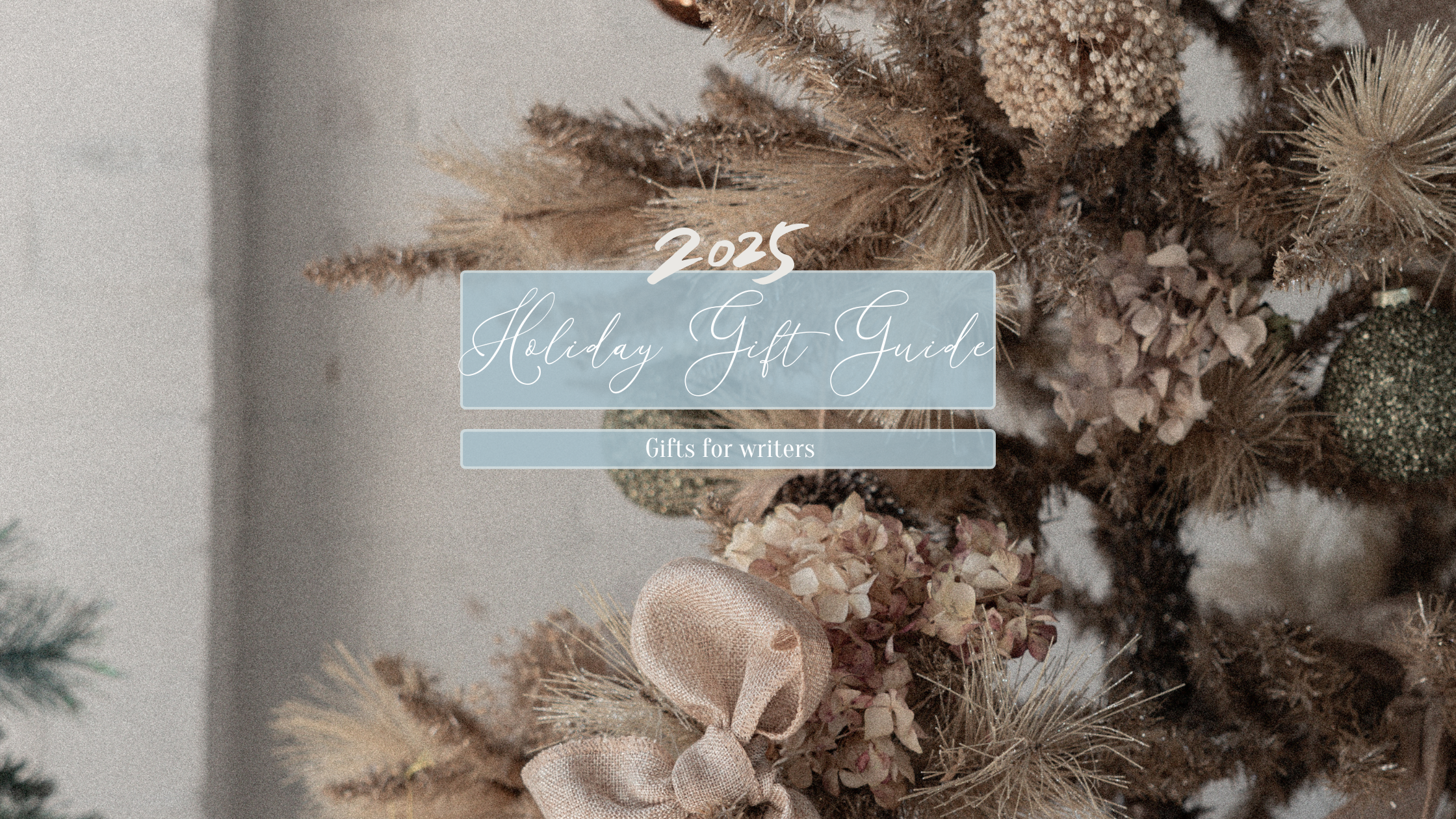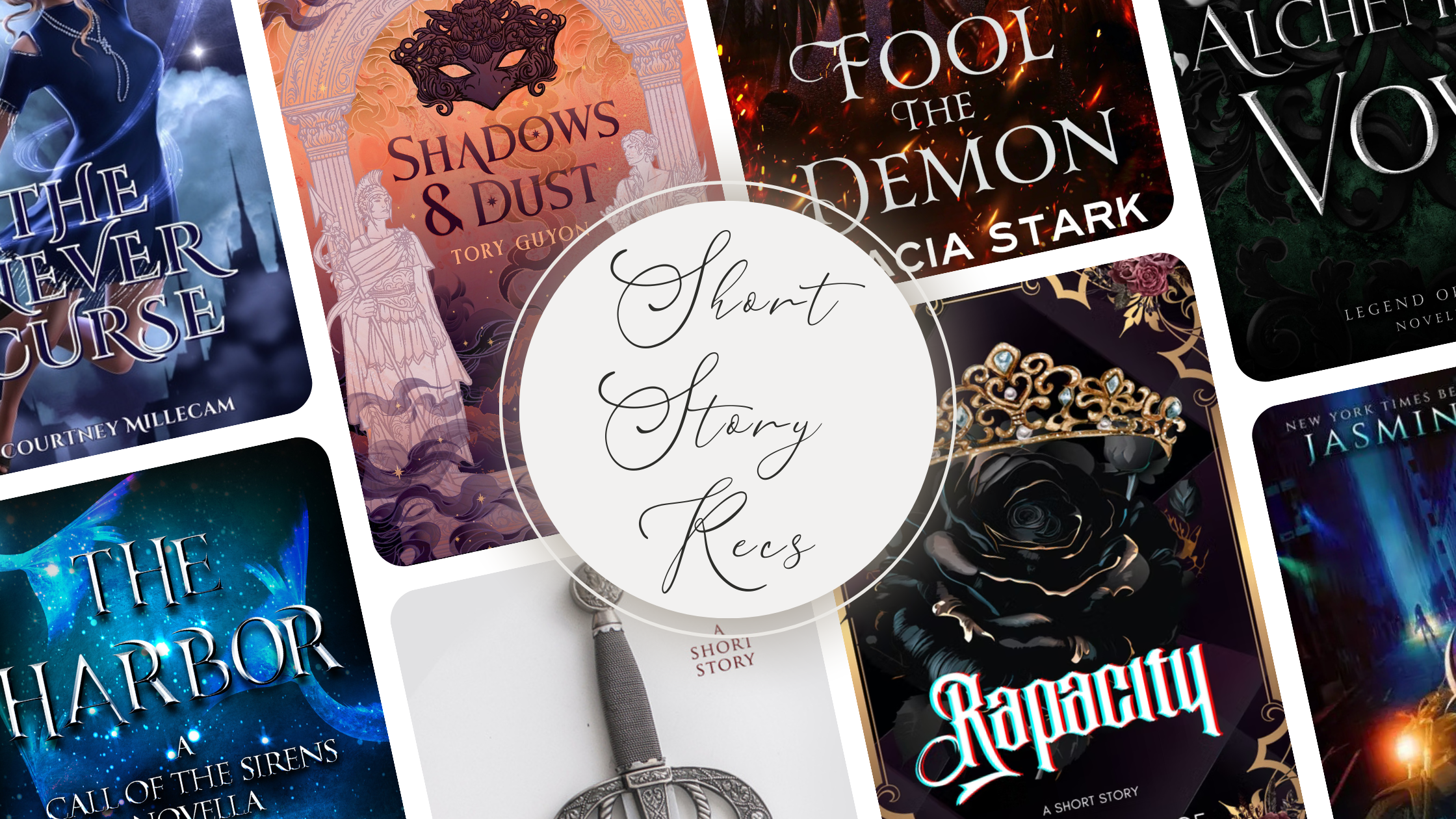Editing is a part of the writing process every author goes through, whether it’s their first or thirtieth book. A fresh pair of eyes will identify your novel’s strengths, weaknesses, and catch all the little inconsistencies you didn’t pick up on (they’re there, sneaky little things!). The point is to shape your story into the best it can be. So, when I decided to pursue the indie route, I knew I needed an editor, but I was a little lost on where to start. My goal was to find an editing flow that matched traditional publishing as closely as possible: that meant tackling things layer by layer. In this approach, you build off the last round of feedback before moving on to the next. I’ve outlined what editing a book using this process looks like below:
Alpha Readers or Critique Group
While both groups will take a look at your early draft, the key difference is alpha readers are selected by you to provide feedback, and a critique group is composed of people that give you feedback but also getfeedback on their work from you in return. Both sets of readers will look at your story as a whole, understanding it’s still a rough draft, and address everything from plot holes to pacing to character development to originality!
Developmental Edit
A developmental edit focuses on the heart of your story and makes sure the plot, pacing, character arcs, motivations, themes, narrative style, dialogue, voice are all working together to tell a cohesive story. Remember, it’s your editor’s job to poke holes. Some things they might call out are:
- Stakes: identifying where there’s a lack of stakes, or indicating places where you can up them.
- Narrative style: indicating when the writing needs to be literal vs metaphorical. Poetic descriptions are beautiful, but can sometimes confuse the reader, especially in action or world building scenes.
- Inner monologue: flagging when you need to get out of the character’s head and back into the action. This can effect pacing and the reader’s attention span. FWIW, I’m guilty of this!
Sensitivity Readers
When you write about situations and people outside your own lived experience, especially marginalized groups and cultures, a sensitivity reader with that lived experience will check for misrepresentation (or lack of representation), stereotypes, and harmful tropes. This isn’t a traditional edit in the sense that the reader is doing a deep-dive on narrative, pacing, etc., but what you can expect is light fact-checking, sentence-level feedback, and notes on characters or situations that could be problematic as it relates to what the sensitivity read is focused on (i.e. race, gender, disability). You’ll want a different sensitivity reader for every topic you need reviewed; one doesn’t speak for all. And remember, this isn’t about censoring—this is about accuracy, inclusivity, authenticity, and strengthening your book.
Beta Readers
Beta readers come in once you have a near-polished manuscript. They’ll look at your story through the lens of a reader, so it’s important to make sure they’re a fan of your genre before working with them. Beta’s will spot plot inconsistencies, question character motivations, and give you their overall impression of the book. This is one layer that can be shifted around depending on when you want to involve them in the process, but your manuscript should be close to finished—it’s actually common for authors to bring them in right before the copy edit, too.
Line Edit
A line edit ensures every sentence is the strongest it can be and is tonally cohesive. The editor will review the content with a critical eye, looking for sentence fragments, run-ons, repeated words, use of cliches, potential overwriting, emotional whiplash, clear stakes, and passive vs active voice. This will sharpen your prose and make your unique voice shine. Some areas this edit might focus on are:
- Showing vs telling: highlighting areas of telling and giving examples of how you can show instead.
- POV changes: noting if you’ve written something outside the realm of what the narrator would know.
- Action scenes: providing ideas and questions that push you to rethink every little detail in your action scenes to make them as clear and compelling as possible.
Copy Edit
You’ll find a lot of similarities between copy editing and line editing, however copy editing focuses more on the mechanics of your writing vs the fluidity of the story. Similar to a line editor, they will flag plot inconsistencies, but they’re more focused on the technical aspect, like confusing descriptions, spelling, grammar, capitalization, light formatting, and punctuation.
Proofread
This is the final stage, and it typically comes after formatting. The proofreader will go through your manuscript with a fine-tooth comb, on high alert for any errors related to grammar, spelling, syntax, typos, and formatting. It’s the final check before you go to print—and there always happens to be some sneaky typo that made it through!
And there you have it, the 7 layers of editing a book! If you’re self-publishing, you can do anything you want—but keep in mind if you’re trying to build a brand and a business around your writing career, which is what I personally set out do, this layered approach hits all the major editing milestones that the books at your local Barnes & Noble go through!
I hope you enjoyed this post on editing a book! If you’re looking for more indie publishing advice, check out this blog post for how to set up your own publishing imprint!




